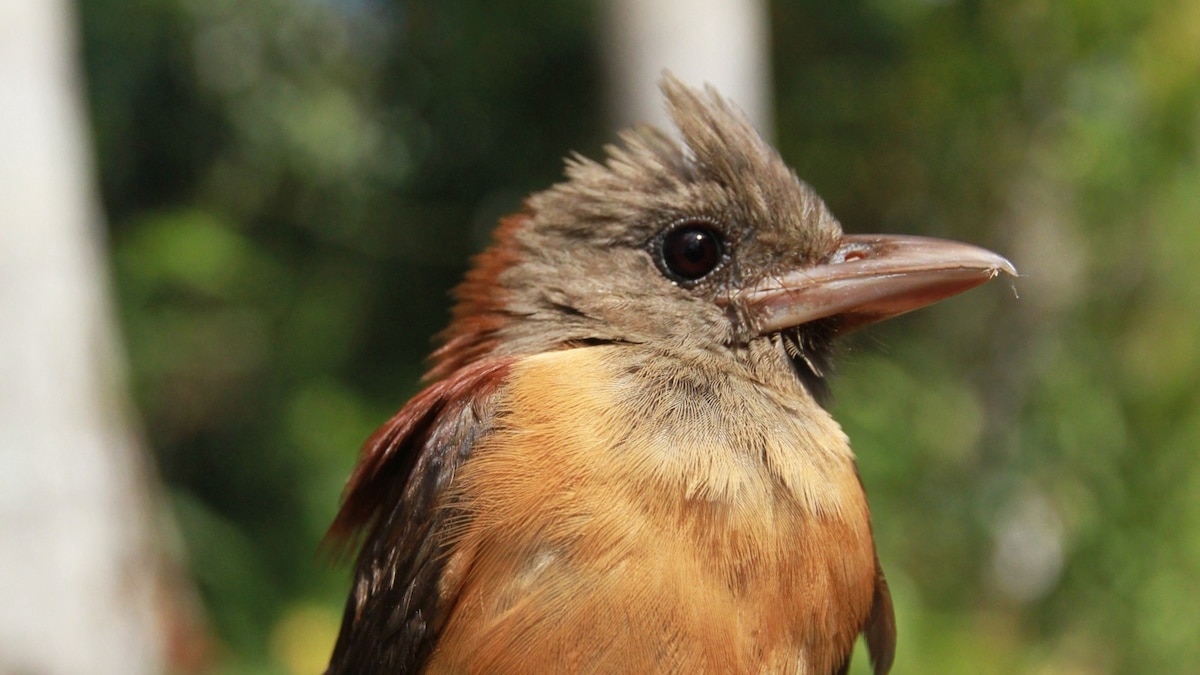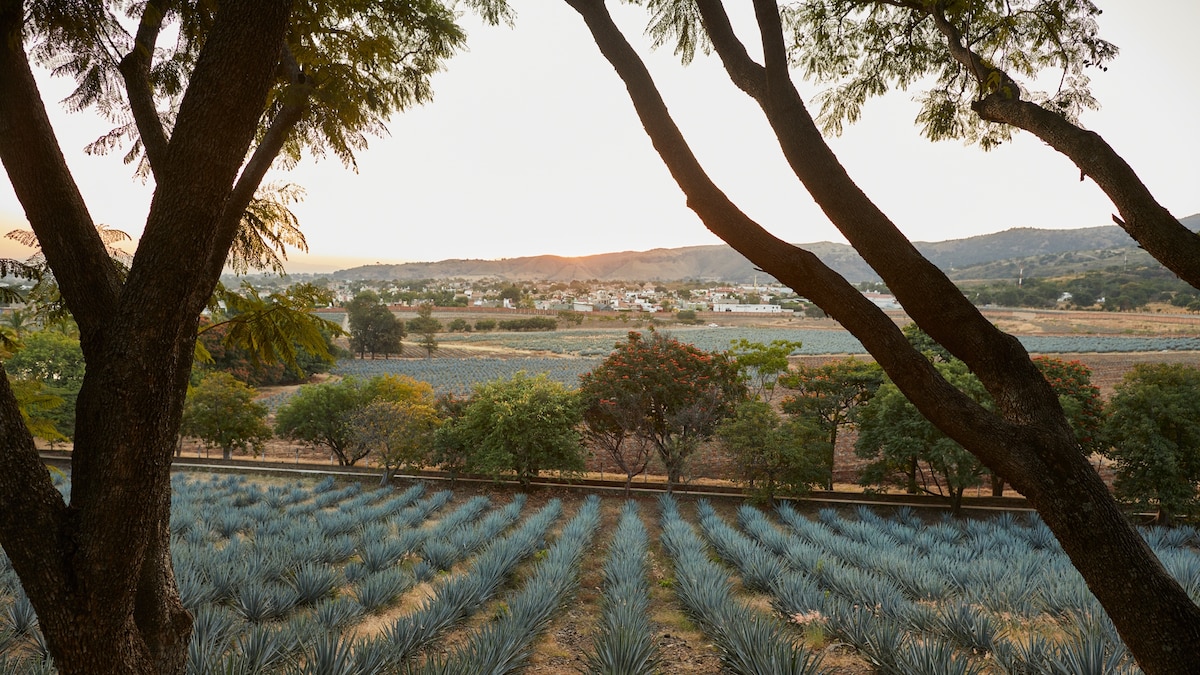Now Reading: These Birds Harbor a Toxin More Lethal Than Cyanide
-
01
These Birds Harbor a Toxin More Lethal Than Cyanide
These Birds Harbor a Toxin More Lethal Than Cyanide

Quick Summary
- In 1989, ornithologist Jack Dumbacher discovered the hooded pitohui, a poisonous bird in Papua New Guinea that carries batrachotoxin – one of the deadliest natural toxins.
- Batrachotoxin is also found in poison dart frogs and results in numbness, paralysis, and death by binding to sodium ion channels in nerve cells.
- Follow-up research has identified over a dozen toxic bird species globally, including some outside New Guinea like the European quail and ruffed grouse. However, most toxic birds are batrachotoxin-carrying species endemic to Papua New Guinea.
- Scientists speculate that pitohuis gain their toxins through their diet but are uncertain about its origins. Current research aims to trace toxin sources by comparing stomach contents with potential prey.
- Toxic birds appear immune due to either mutations in sodium channels or as-yet-undiscovered “toxin sponge” proteins that neutralize batrachotoxin during transport within their bodies.
- Ongoing studies have identified two new toxic bird species in Papua New Guinea this year; researchers plan annual visits until 2028 to screen more species for toxicity.
[Embedded Image Caption: Hooded pitohui documented as one of several poisonous birds found primarily in Papua New Guinea.]
!Hooded Pitohui
Indian Opinion Analysis
The finding of poisonous avian species highlights an intriguing aspect of biodiversity and convergent evolution.While such findings may seem geographically isolated from India’s ecosystem at present, they reveal broader insights into evolutionary biology that could be significant globally-not just academically but potentially for pharmaceutical applications. For instance,understanding toxin resistance might advance medical treatment strategies involving similar compounds.
India’s rich biodiversity might hold comparable mysteries yet unexplored-whether flora or fauna-that merit similar rigorous scientific study.The multidisciplinary approach shown here exemplifies how collaboration among ecologists, chemists, biophysicists can unravel complex natural phenomena. Consequently, it serves as inspiration for countries like India to increase cross-disciplinary efforts toward leveraging natural diversity responsibly while fostering global knowledge exchange.
For more details: Read More























